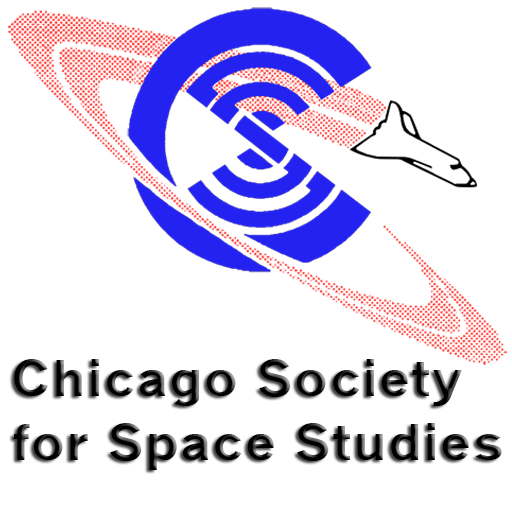A glimpse of America’s cautious journey through the space race
By Nicki Timian, Nov. 30, 2006
The lecture, Gemini: Stepping Stones to the Moon, given on Wednesday night at the Alder Planetarium and delivered by Jim Plaxco of the Chicago Society for Space Studies, was a spirited summary of the Gemini project that had been used by NASA from April 8, 1964 to November 11, 1966.
The infamous “space race” was initially started when the Soviets successfully launched the first artificial satellite, Sputnik, on October 4, 1957. Exalted as proof of communism’s superiority, the United States quickly dedicated itself to a manned space program. Despite its efforts to be the first to put a man in space, the American space program’s cautious nature put emphasis on safety. Always under the eyes of the public, the dangerous and completely unknown nature of spaceflight made NASA test the risks on nonhuman subjects, making the first space-bound passenger aboard the Mercury capsule a chimpanzee. As a consequence, Yuri Gagarin, a Russian cosmonaut, gained the title of first man to travel in space on April 12, 1961.
Following President Kennedy’s challenge to put a man on the moon on May 25, 1961, the race to the moon officially took over the direction of NASA’s manned space program. However, no one knew what the best way to get to the moon would be. Many different “mission modes” were proposed. One mode, which was actually the famous rocket-builder Werner Van Braun’s preferred way to go to the moon, was called the Earth Orbit Rendezvous. It involved multiple launches of different components of the lunar modules, and required the astronaut to construct the equipment while in Earth orbit. Since America was in a race with the Soviet Union, the far simpler and faster mode was chosen – the Lunar Orbit Rendezvous.
The Gemini Project was officially revealed to the public on December 7, 1961. The Project’s main objectives were to prep for the Apollo missions. Yet the limits of space exploration had barely been touched upon by that time, so other mission goals were to learn how to rendezvous in space, as well as learn the direct effects weightlessness would have on the human body.
The first manned Gemini project, code-named the “Molly Brown,” was launched on March 23, 1965, using the new Titan rocket needed for the heavier Gemini capsule. This mission was meant to test the new spacecraft. The next Gemini mission, Gemini 4 (the use of code names had been dropped after the Molly Brown), involved the first American EVA (Alexei Leonov had beaten Ed White only a few weeks before). Gemini 5 was meant to test the docking abilities of the Gemini capsule with the Agena docking target – however, the target failed to launch and the mission was scrubbed. A few unmanned missions were used to test the capsule some more, and the next manned mission was Gemini 8. This mission is well known as being America’s first true space emergency -a thruster jammed on the Gemini capsule, resulting in the out-of-control spinning of the capsule. Neil Armstrong, the command pilot on the mission, was able to reverse the roll, preventing him and his pilot, David Scott, from blackening out. NASA was not able to dock successfully with the Agena target until Gemini 10, and the Gemini Project officially came to an end with Gemini 12 in 1966.
Despite its successes, the Gemini Project failed to create any true ‘firsts’ in space – nearly everything (flight endurances, EVAs (ExtraVehicular Activity), rendezvous) had been first done by the Soviets. NASA was far more concerned with safety, despite being in a race, and so they initially sacrificed many ‘firsts’ to the Russians. Despite the initial set backs, America was able to put a man on the moon before the Soviet Union, a success paved by the Gemini Project.
Nicki Timian is a student at Northeastern Illinois University and a member of the Chicago Society for Space Studies
